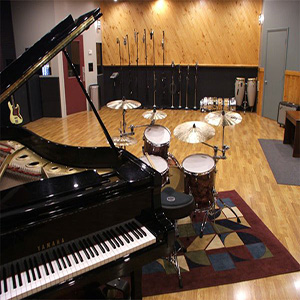Categories: Gear and Hardware
Is the Piano a String or Percussion instrument?
 If you’re looking for a straight answer, the Hornbostel-Sachs classification system has you covered. Dreamt up by Erich Moritz von Hornbostel and Curt Sachs in 1914, the system confidently groups instruments into one of five categories. Here, pianos fall squarely into the family of chordophones, instruments that produce sound by way of vibrating strings.
If you’re looking for a straight answer, the Hornbostel-Sachs classification system has you covered. Dreamt up by Erich Moritz von Hornbostel and Curt Sachs in 1914, the system confidently groups instruments into one of five categories. Here, pianos fall squarely into the family of chordophones, instruments that produce sound by way of vibrating strings.
That makes sense, considering that the string resonates over that grand, winged soundboard to produce sounds both messianic and melancholy. But, because of the way those strings are sounded — with a complicated action that involves hammers striking the strings — some will make a case for it being percussion.
The hammer-string qualities of the piano are unique, and a result of a compromise between the piano’s older cousins, the clavichord and the harpsichord. Clavichords are much smaller, in both size and sound — they were intended for private use, keyboard practice and composition, rather than public performance. Clavichords might remind you of a guitar — sound is produced when a blade called a tangent slams onto the strings, which could sometimes be fretted. But its greatest strength, its intimacy, was one of its greatest drawbacks. They’re just so, so quiet.
Harpsichords are also pretty guitar-like; they produce sound by plucking the strings with a plectrum. The harpsichord fixed the clavichords quiet problem. It was loud, and performers could rock out with a small orchestra. But it was very difficult to coax dynamic nuances from the instruments. So, when the piano and its weird hammers came around at the end of the 18th century, it was a “best of both worlds” scenario.

